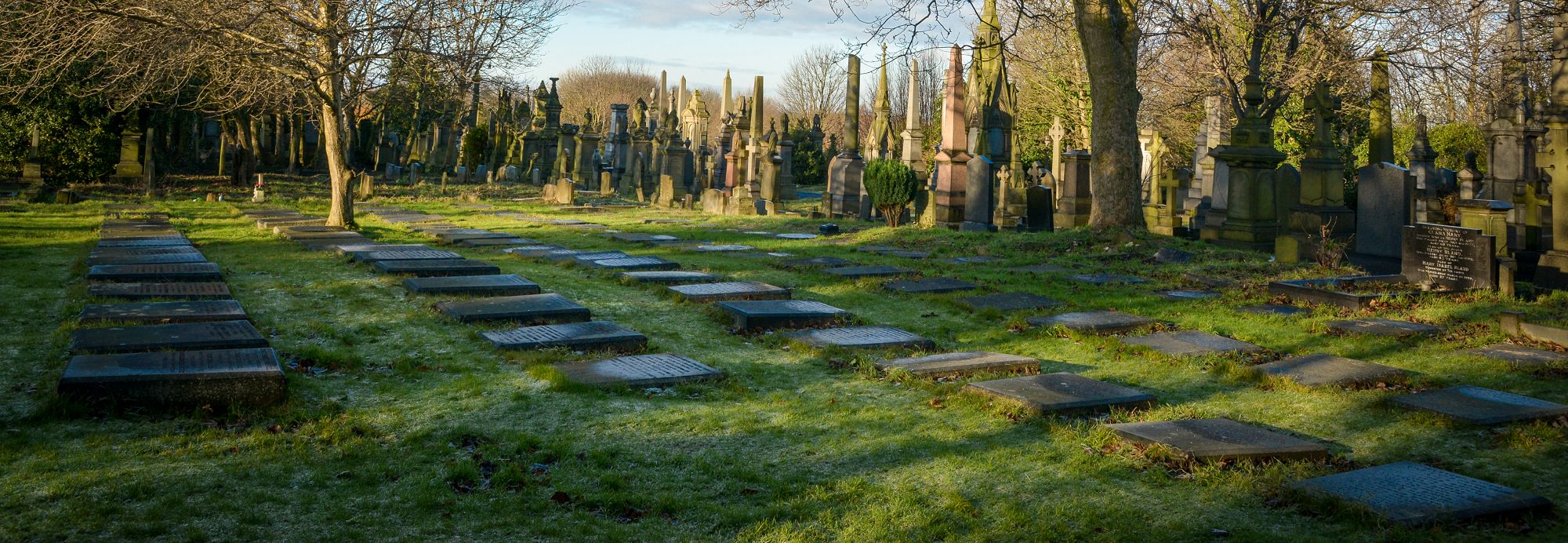Godwin Family
Godwin Street, Bradford – The Street gets its name from the mayor at the time – John V Godwin. He was the only son of Dr Benjamin Godwin who was a tutor at Horton College and pastor at Sion Chapel. JV Godwin devoted nearly 50 years to public duty. He was a partner in the firm Milligan, Forbes and Co, stuff merchants of Bradford until 1851. The Company was quite renowned and each of the partners also known.

H.M.S. Généreux (before the ship joined the Royal Navy and Godwin was in the crew.)
Dr Benjamin Godwin was born in Somerset in 1785.Benjamin Godwinwas a Baptist clergyman, abolitionist and activist. He was a pastor at Dartmouth, Great Missenden, Bradford and he became involved in debates on the ethics of slavery and a schism in the Baptist missionary community. Godwins writings are a source as he wrote 58 letters to his son to record his autobiography. Godwin’s son and his grandson were Mayors of Bradford, Godwin was born on 10 October in Bath in 1785. His mother was about forty, but he was given the biblical name Benjamin because his father was 70 and his father had been married before and Benjamin had two adult siblings. When Godwin finished school, he was apprenticed to a shoemaker, Godwin and the shoemaker were not happy and this resulted in the fifteen-year-old running away with a friend on a ship bound for the Mediterranean. During the journey Godwin reported that he gained a relationship with his god. Godwin jumped ship in Palermo and he was able to work as a cabin boy bound for London. However, in Minorca the whole crew of his ship was press-ganged to crew HMS Le Généreux on Godwins 16th birthday.
Godwin became a Royal Navy sailor during the Napoleonic Wars until peace was declared. Godwin and the rest of crew were dismissed at Spithead on 27 July 1802, Godwin renewed his religious interests attending his family’s Baptist Church with his, much older, half-sister. He also lodged with his sister and her husband. He initially tried his hand at building with his brother-in-law before realising that his skills as a cobbler were superior to his ability to be a builder. In line with the Baptist faith, Godwin confirmed his faith when he was baptised with five other adults, through the church he met Elizabeth Hall, but she refused to marry him until he could support her. Betsy Hall was unimpressed by Godwin delivering a sermon, until he had three successful sermons in Bath. Others were also impressed and Godwin was offered a position as an evangelist at Aylburton in Gloucestershire. Betsy was satisfied and they were married on 14 August 1806, here they set up a home and they established church meetings. Godwin was inspired by his wife who he regarded as the name of a powerful spell, however, despite Godwins efforts they were reduced to eating potatoes and drinking water and their evangelical mission came under active opposition. They had to contend with merciless persecution including eggs being thrown, hearing that he had been mischievously drafted into the militia, Godwin left Aylburton in 1807 He married Elizabeth Hall in 1806 at Bathwick St Mary in Somerset. He was appointed to a church in Devon where and had children including John Venimore. The Baptist church in Bradford grew very slowly and like other non-conformist denominations, the congregation rented a room in the towns Cockpit. The Baptist’s claimed that as far as this rather unholy building was concerned, that they had “ dispossessed Satan of a portion of his dominions,and raised instead raised the standard of the cross”. The congregation was so poor that worshippers had to bring their own stools as they could not afford pews. The first minister was William Crabtree, from Halifax who continued in his profession of a shalloon weaver, as the Baptists could not provide him with a living wage. When William Crabtree died in 1811, he was succeeded by the Rev. William Steadman. The job description was for the appointed minister to also be “a philanthropist who could look beyond the borders of their own communities and make their influence for good, felt outside their pulpits and private studies.” Steadman was the right man for the job and helped promote the formation of the Bradford Mechanic’s Institute in 1832. Some of Bradford’s influential people objected to the opening of the institute “lest the common people should be educated beyond their station in life”. The Rev. Steadman greatly brought on the Baptist’s cause and a Sunday school was added to the first Baptist Chapel in Westgate. It was when he joined the Chapel that baptisms were carried out within the chapel and not down at the mill race in Silsbridge Lane which was becoming polluted.
Godwin was invited to join the staff at Bradford’s Horton Academy for the training of Baptist Ministers. At first, he resisted William Steadman requests but Steadman, impressed by Godwin’s surnames, was persistent and Godwin arrived in Bradford in 1822 and took up his post teaching the classics. arrived at his new position in Bradford in 1822. Horton Academy was teaching adults and Godwin was concerned that his education was not sufficient. This proved not to be the case and he enthusiastically introduced new classes in maths, physics and geography. Godwin was however not preaching.
In 1824 a new Sion Chapel was built in Bradford and Godwin became its minister on 31 October 1824 when he had the honour of Robert Hall giving a sermon. Godwin was pleased with the autonomy that this new position allowed him.
In 1830 Godwin took on a challenge that he and his wife felt was the next step in their mission; which was to oppose slavery. They became friends with the leading abolitionist James Stephen, who gave a series of well-attended talks at the newly built Bradford Exchange buildings in Kirkgate. These were more than just a series of four plain lectures. Godwin had not only prepared transparencies, he had also hired an artist to prepare large paintings that could illustrate the results of slavery. Godwin also arranged for the artist, Thomas Richmond to prepare a second series of panels that illustrated the benefits of an egalitarian and multi-racial world that result from the abolition of slavery.
Godwin and his talks would have been just the right kind of activity needed for the planned Bradford Mechanics’ Institute Library. Godwin was behind the building of the Bradford Mechanic’s Institute but not all the Bradford “worthies “ were as they believed that the education of the lower classes might make them to have ideas above their stations. Those promoting the creation of the Mechanics Institute won the day and the building was opened. It opened in 1832.
Godwin’s abolitionist talks attracted wider attention and Zachary Macaulay who edited the Anti-Slavery Reporter invited him to arrange a series of talks. Godwin did deliver four illustrated lectures in York and Scarborough. The texts were summarised in the local papers. In 1836, they were also published as a booklet in London and in Boston, Massachusetts.
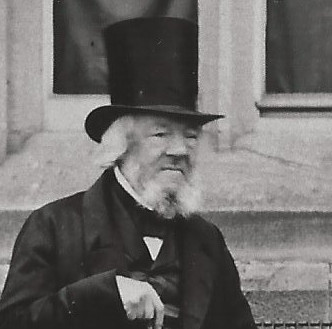
BENJAMIN GODWIN a photograph taken by his son John V Godwin
Godwin’s four lectures had become a book that was rapidly out of print in London. Copies were sent to peers and members of parliament and speakers and agents for anti-slavery looked on Godwin’s book as a standard work. Reader’s included the international activists George Thmpson and John Scoble. Scoble was the secretary of the British and Foreign Anti-Slavery Society.
Godwin arranged for a grand petition to be assembled in Yorkshire to persuade the British Anti-Slavery movement to be more active. John Hustler assisted Godwin with the cost of travel helped with travel expenses so he could lobby the next meeting of the British and Foreign Anti-Slavery Society in London.
Although this was not successful, it did set the stage for Zachary Macauley who led the organisation to forward the campaign.
Godwin was well aware of the support William Wilberforce’s had achieved and so he actively supported Henry Brougham by trying to get that same support to transfer to Brougham and his abolitionist’s agenda.in his also offered active assistance to Henry Brougham who was standing for parliament with an abolitionists agenda.
By 1833 parliament was more democratic following the Reform Bill and the abolitionists wanted to ensure that their elected Members of Parliament voted to outlaw slavery. Petitions were again organised across Bradford and Godwin was one of the delegates sent to Exeter Hall in London to attend a meeting to organise the lobbying of parliament. The Slavery Abolition Act 1833 was passed and this made slavery illegal throughout the empire. On 24 April 1834 Godwin was awarded a testimonial dinner for his leadership during the anti-slavery campaign.
Godwin was one of Bradford’s residents that supported the forming a newspaper. The idea came out of an informal book club that Godwin attended and Godwin was one of several people who led this initiative. It was his view that the newspaper should have a general appeal and should not exclusively appeal to the Liberal cause.
The newspaper started in 1834 with the assistance of 90 shareholders. The newspaper was a success and Godwin organised a local group to support parliamentary reform and another group against slavery. Godwin became dissatisfied and he resigned his position in 1836 and although he was persuaded to stay in Bradford; he again became dissatisfied and again resigned
Godwin was at a loose end and he became involved in a schism between the Baptist Missionary Society, and the missionaries in charge of the mission to Serampore in India.
Godwin and his wife moved to Liverpool where he was given £150 a year to be secretary to the committee set up to solve the problem. The latter organisers were known as the “Serampore Three”. The ten-year-long schism arose because the mission at Serampore had been set up with a degree of independence from the main society.
Godwin’s role was employed in Liverpool to talk his way around Britain explaining the misunderstandings that were in circulation and to try to arrange a visit to the splintered missionaries in India. Godwin acted outside his remit and he organised a difficult two-day meeting in November 1836 which agreed a merger between the two splintered groups. With no schism Godwin had no job. With a feeling of great success he was again out of work.
In 1838 Godwin became the Baptist minister in New Street Church in Oxford. In the March of that year he started the first of 58 autobiographical letters which he would continue to write until December 1855.
Godwin was at a loose end and he became involved in a schism between the Baptist Missionary Society and the missionaries in charge of the mission to Serampore in India.
Godwin and his wife moved to Liverpool where he was given £150 a year to be secretary to the committee set up to solve the problem. The latter organisers were known as the “Serampore Three”. The ten-year-long schism arose because the mission at Serampore had been set up with a degree of independence from the main society.
Godwin’s role was employed in Liverpool to talk his way around Britain explaining the misunderstandings that were in circulation and to try to arrange a visit to the splintered missionaries in India. Godwin acted outside his remit and he organised a difficult two-day meeting in November 1836 which agreed a merger between the two splintered groups. With no schism Godwin had no job. With a feeling of great success he was again out of work.
In 1838 Godwin became the Baptist minister in New Street Church in Oxford. In the March of that year he started the first of 58 autobiographical letters which he would continue to write until December 1855.
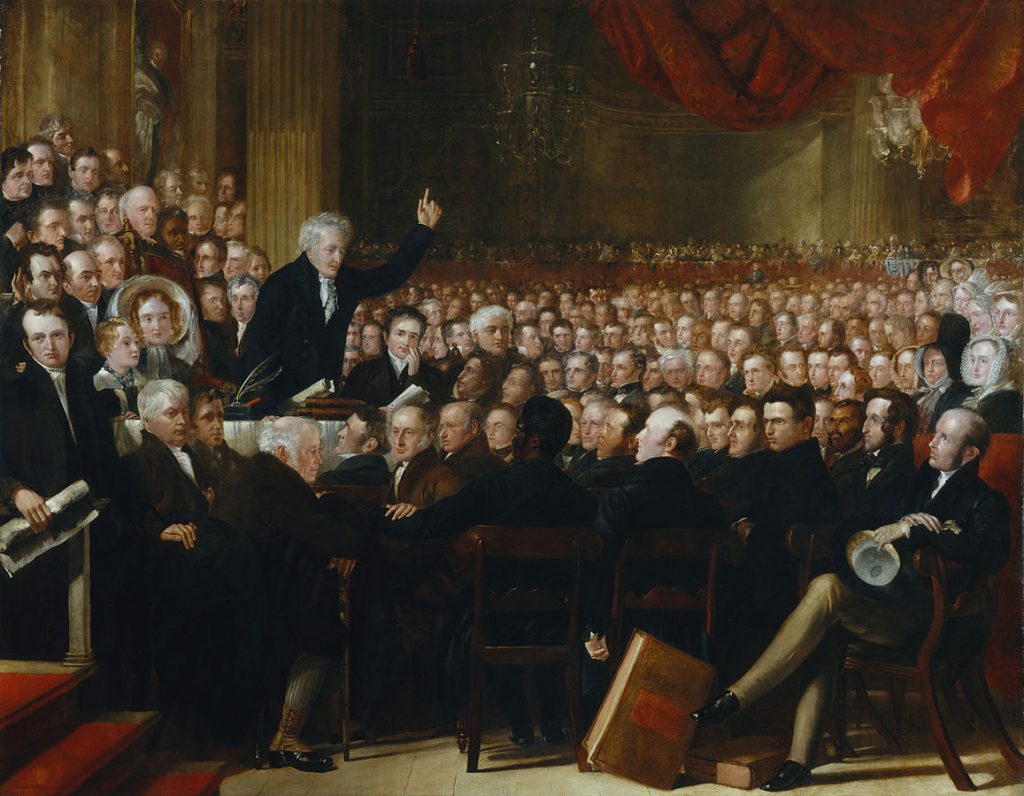
Benjamin is shown in the painting of the 1840 Anti-Slavery Convention. However, he is almost invisible beneath the main speaker’s raised shoulder.
During the 1840 World Anti-Slavery convention he prepared a paper on the ethics of slavery. The convention unanimously accepted his paper which condemned not only slavery but the religious leaders and communities who had failed to condemn the practise. The convention resolved to write to every religious leader to share this view. The convention called on every religious communities to eject any supporters of slavery from their midst.
Godwin was meeting and mixing with the international anti-slavery activists. He was invited to meet French abolitionists in Paris the following year.
Godwin resigned his Oxford position in 1845 due to his failing health and the following year he and his wife returned to Bradford. They lived in a house that his son had organised in Villiers Street, Horton.
Godwin continued to work for the Baptist Missionary Society as well as lecturing at Horton College again in 1850. One of his latter successes was to become President of Bradford’s Ragged School which opened with seven pupils in 1854. Another late honour was to be president of a newly formed Bradford female Anti-Slavery Society with his wife as secretary in 1856 and a committee of 24 women.
On 23 December 1855, on his son’s birthday, Godwin presented to his son 58 autobiographic letters which he had agreed to write nearly twenty years before. These letters have been evaluated academically and they are considered to be a good source on Godwin’s life and the debates and affairs that he was involved with.
He later moved to Rawdon to be near his son, John. He died on the 20 February 1871.
John Venimore Godwin (“John V”) was born on 23 December 1814 to Benjamin and Elizabeth Venimore. His place of birth is recorded as St Petrox, Devonshire. As his father was a Baptist Minister , the family moved around but eventually settled in Bradford in 1822.

In 1847, John V married Rachel Catherine Acworth who was also the daughter of a Baptist minister.
On 18 January 1851, the partnership between Robert Milligan, Henry Forbes, Nathaniel Briggs and John V Godwin trading as Milligan, Forbes & Co, was dissolved by mutual consent. John V began his own firm of stuff merchants that operated out of Peel Place, Bradford.
John Venimore Godwin (John V.)
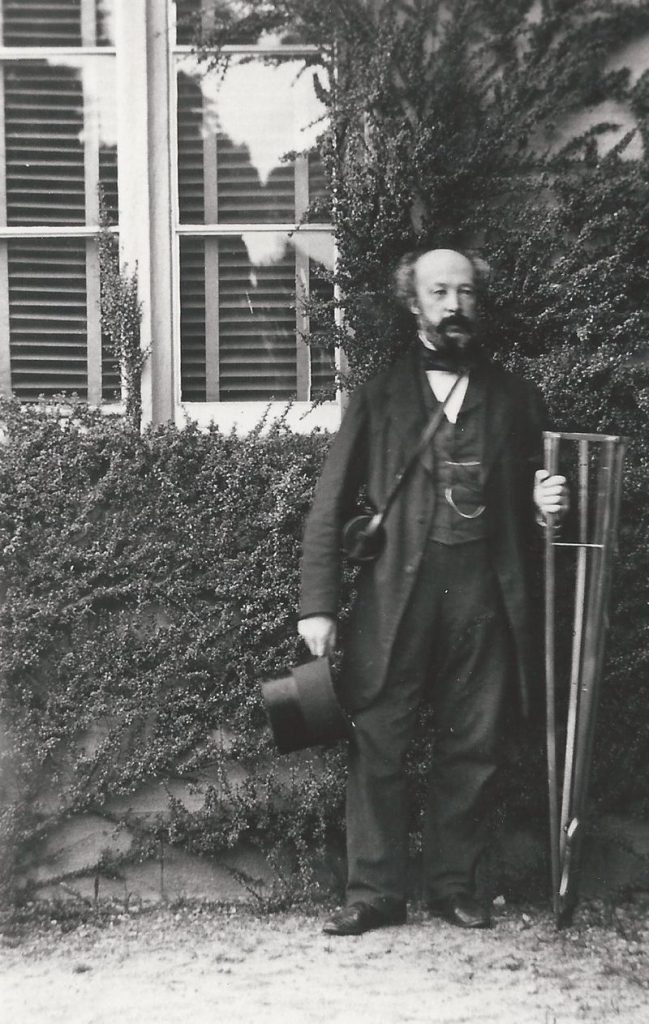
John V. This is believed to be a self portrait.
John V was a keen photographer and took this believed to be a self portrait and the photo of his father shown above.
By 1851, John V is a Stuff merchant, living with his wife Rachel and their two daughters. They now have two servants and their next-door neighbour in Ashfield Place is Swithin Anderton.
Like many of the up and coming Bradford merchants, he took the opportunity to escape the squalor of the Bradford Streets and moved to Crow trees, Rawdon where he continued his career as a merchant but also farmed 13 acres. In 1853 his only son, John Arthur was born.
John V was mayor of Bradford from 1865 to 1866. It was written that he had a special talent for finding and acquiring property for the purposes of much needed road widening. He remained an alderman until 1868. He was on the Buildings and Improvement Committee where there was much debate as to whether back to back housing should be allowed.
Like many Nonconformists, he was involved in such organisations as the Nonconformist Reform Union that strove for the reorganisation of Parliament and impose disestablishment so that there would be a divide between the church and the state. During the previous century, Catholics and Non-conformists had been prevented from holding public office and the Test Acts precluded a person from public office and studying in certain Universities, unless they took holy communication in an Anglican church. Although these acts were repealed in 1828 and 1829, there was Church of England still dominated the lives of everyone, even if they were not members of the Church. An example of this was the payment of the Church Rate to the Vestry. Prior to the appointment of Commissioners at the beginning of the nineteenth Century, the Vestry collected the church rate and then dispensed a form of council service, such as enforcing policies on the populace in respect of keeping the highways clean and free of obstacles including pig sties and their occupants, prevent sub-letting of properties for the occupation of incomers. They also handed out bread the poor provided they attended the church service on a Sunday. This was not fair when those poor were Non-conformists. The Commissioners who comprised of the new industrialists, bankers and doctors, tried to implement a better system of maintenance, however, there was still a requirement to pay the Church Rate to the Vestry. Some of the Non-Conformists refused to pay the rate and goods were distrained in lieu of payment.
John V was a Commissioner and in 1846 was one of those that instigated the forming Bradford Council.
In 1863 he was elected an alderman and in the same month he was appointed to the to the Building and Improvement Committee and the Watch Committee In the following November he was appointed the Chairman of the Street Improvement Committee. The Borough were engaging in substantial street improvements which required the purchase of property to enable streets to be widened and improved. John V brought his business acumen to this task and was remembered as an excellent negotiator. Before his retirement in 1868, John V was had access to borrowing amounting to £300,000 which for the time was a substantial sum. In recognition of his endeavours the new street from Thornton Road to Darley street was named Godwin Street.
John V was appointed a Commissioner of the Peace for the borough and later to the West Riding.
John V had much sympathy for the Free Library movement and in 1868 he was appointed chairman of the sub-committee inquiring into the working of the Free Libraries Act in other towns. Following much painstaking investigation, he was able to advise the Council on the steps required for the town to comply with the provisions of the act.
Although retired, John V still took an active part in public life. He was a member of the Bradford School Board and was elected vice chairman to Mr M W Thompson’s chairmanship. During his tenancy, the board recommended that four new schools be built.
In 1853, he had been elected a member of the Council to the Chamber of Commerce and it is from his association with this institution that in 1876, together with Messrs. Charles Stead, A. Illingworth, and G M Waud, he was requested to make a report on the conditions of production of the worsted in France.
Business people in Yorkshire were concerned by the competition created by the French woollen industry.
As a staunch supporter of the Liberal cause, he stood for election in March 1874. He failed in his quest but showed the strength of feeling for the Liberal cause by obtaining between 8000 and 9000 votes.
He died on 20 January 1898 leaving over £36,000.
John Arthur Godwin (“John A”) was born in on the 17 October 1852 and was the only son of John Venimore Godwin. He had three sisters; Catherine ( Catherine never married but ended her years living with her sister, Agnes) , Mary and Agnes ( Agnes married George Payne Warren in December 1916 in Axbridge, Somerset. She died on 27 November 1923 in Axbridge, Somerset, at the age of 69)
In 1887, he married Mary Elizabeth Geddes daughter of William Geddes a tea merchant originally from Liverpool but settled in West Derbyshire. They had one daughter, Venice Venimore Godwin who was born in 1889. As a family they spent some years living at the Clock House (Manningham Lane) and then moved to Emm Royd, Heaton before leaving the city for Colvend near Skipton.
He followed his father into the business of wool merchant and when John V died he took over his position in the business. Due to the demands of the business he did not enter the council until 1900 when he won the bye-election for the North Ward. His mandate as expressed at a rally at St Augustine’s school, was to bring the Technical College and the tram services into public ownership so that the public be best served. He advocated halfpenny fares and weekly passes. Also he was in favour in cheaper gas prices or profits being returned to the customers. At the same rally he was asked whether he was pro-Boer. He did not give a yes or no answer but said he was prepared to serve if need be.
At their attestation men setting off to fight the Boers , they were given a talk by the then Mayor. At this ceremony each soldier received a good pair of binoculars from Mr Fattorini and Ald. Dobson and John A gave each soldier five shillings. The City of Bradford ensured each soldier had an insurance policy for £250.
John A. soon rose through the ranks and became the local Chancellor of Exchequer for Bradford Council. He was much liked and not only liked by his party, the Liberals but was the choice of the Conservatives when he was elected as the first Lord Mayor on 9th November 1906.
However before that, he was found on many committees such as the Health Committee, the Library, Art Galley and Museums Committee, the Street Improvement Committee and Technical Instruction Committee.
For a time in 1905 he had to reduce his work at the Council due to ill-health but was much recovered after enjoying some foreign travel and able to continue with his plans to become mayor.
John A was described at the time of his election as Mayor as a generous man, much moved by Booth’s “Darkest England” scheme. With others he raised £4000 for Booth’s work. He liked football, shooting and fishing and he and his wife, Lady Godwin were great hosts. Lady Godwin herself was praised for her ability to carry out her duties as Lady Mayoress. She is described as an enthusiastic politician and Liberal worker. He was also a prominent Free Mason.
John A died on the 29th April 1921 at Colvend, Grassington leaving much of his £110,000(net) estate to charities, the Freemasons to be given to charitable causes. He also left money to the council and the Royal Infirmary Fund. When Dame Mary Elizabeth died in 1931, she left over £74,000.
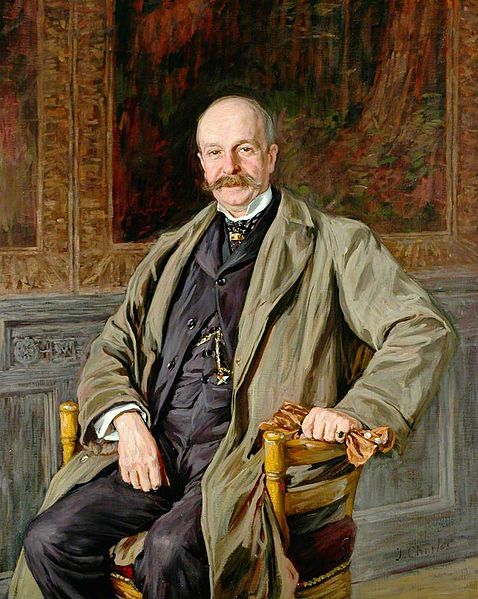
Sir John Arthur Godwin ( Sir Arthur.)
Venice married Harold Mitchell 11.05.1916
On 03.08.1924 Venice gave birth to a Charles Venimore Mitchell. Charles joined the Royal Corps of Signals in 1943 and his military career continued after the war. He married in 1949, Leeds. He died in 2002
Harold Mitchell died prematurely at 52 on 19.01.1931 at Bolton House.
You can find the Godwin’s monument using the what3words App and website. Follow this link and select satellite view. Click Here. If you are using the App on your phone type in polite.life.kicked in the search box.
The Godwin family grave is in Uncon A553
Sources:
The census
Wool City – Mark Keighley
Pen and Pencil Pictures of Old Bradford – William Scruton
Wikipedia
Research by Deborah Stirling

